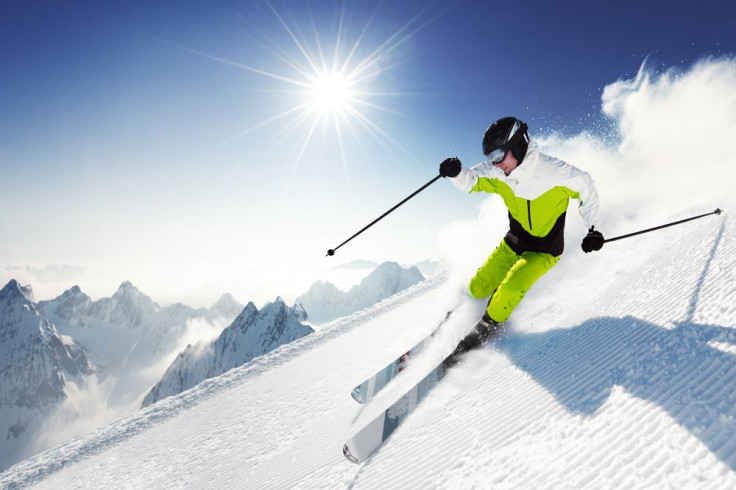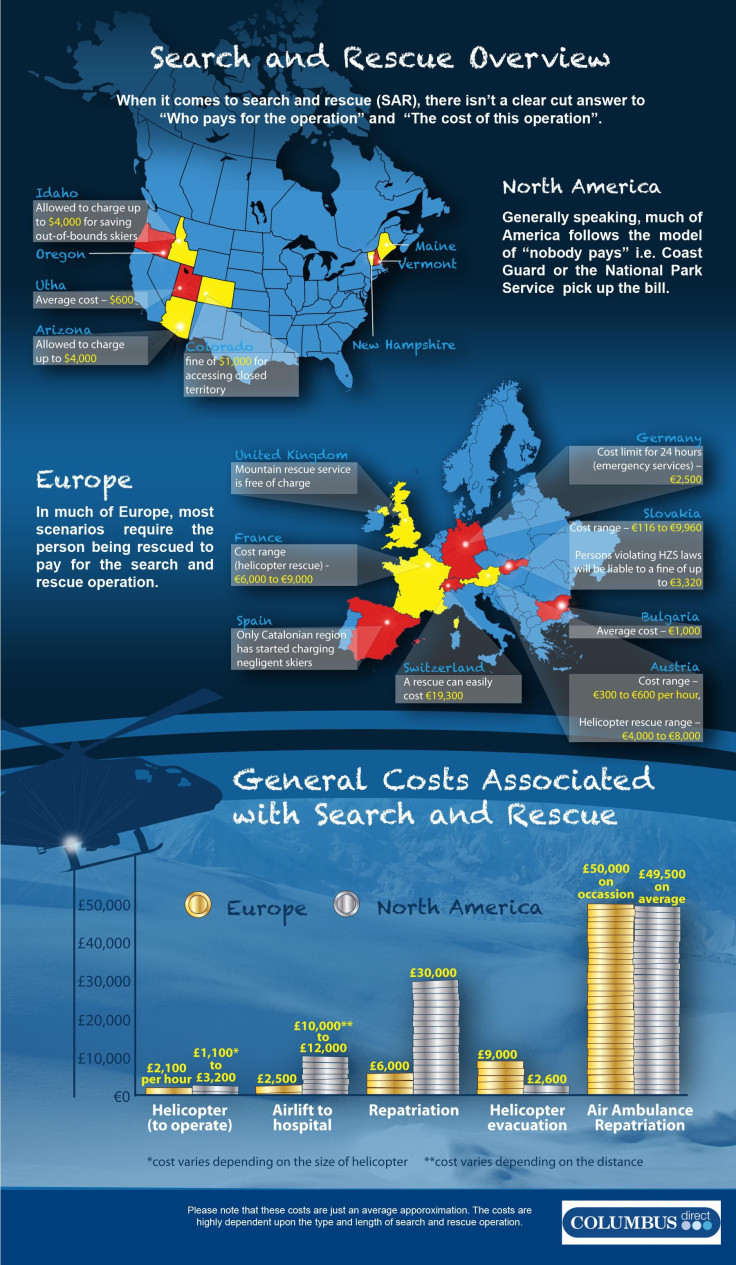German Chancellor Angela Merkel Is One of Thousands Who Will Be Injured Skiing This Year -- But What Are The Costs?

While cross-country skiing during her annual Christmas holiday in the Swiss Alps, German Chancellor Angela Merkel fell and injured her pelvis, just days after German champion race car driver Michael Schumacher sustained a critical head injury skiing in the French Alps.
These accidents may be well publicized, but they’re hardly unique.
Last year there were 4,370 injuries related to cross-country skiing in Switzerland, and 51, 300 downhill-skiing injuries, according to the Swiss Council for Accident Prevention (BFU.)
Though the greatest cost for Merkel will be staying in bed for a few weeks, her spokesman said Monday, for the thousands of skiers injured every year, it’s the financial price that hurts the most.
Beyond the basic medical bills, costs of search and rescue efforts – especially when skiers go off the trails – can climb pretty high.
Aviva, a United Kingdom-based insurance provider once got a ski-related claim worth $50,900. Though this is much higher than the average $1,214 claim, uninsured skiers can find themselves under a mountain of bills if they hurt themselves on the slopes.
Nearly one in seven people don’t take out proper insurance, according to an Aviva survey, despite the fact that nearly 64 percent of respondents said they couldn’t afford the cost of an accident.
“We never like to think about the worst-case scenario, especially when going on holiday, but when it comes to winter sports this can be a costly error,” said Health Smith, director of Aviva general insurance, in a press release.
“The cost of even a minor accident can run to hundreds of pounds,” she said.
Costs vary depending on where a skier is injured. Switzerland is easily one of the most expensive countries to have an accident, according to travel insurance provider Columbus Direct. A rescue there “can easily cost” around $30,000. In France and Austria, costs for a helicopter rescue can range from roughly $6,500 to $14,700.

But in the United Kingdom, mountain rescue service is free. In the United States, the National Park Service picks up the bills -- which can get pretty steep. In 2009, the most recent year for which records are available, the service paid $4.8 million for a total of 3,568 search-and-rescue missions.
But some states charge skiers extra if they go into closed territory. In Colorado, this means a $1,000 fine, while Idaho authorities can charge up to $4,000 for saving out-of-bounds skiers.
Every year in the U.S. an average of 40 people lost their lives on the slopes, according to the U.S. National Ski Areas Association.
Much of this is because of a trend toward “off-piste” skiing – where skiers venture off the groomed, monitored hills to go through forested or rocky areas. It’s more adventurous, but ultimately more dangerous.
This year has been particularly bad for off-piste skiers in the Alps, according to a report from Tom Robbins in the Financial Times, thanks to uniquely dangerous snow conditions this season.
He wrote that at least 18 people were killed in avalanches in the Alps and Pyrenees in the six days between Christmas and the New Year.
“Once, off-piste skiing was an activity reserved for a tiny elite, something practiced only when conditions were ideal,” he wrote.
Michael Konig of the German Ski Association (DSC) said that new technology is enabling more skiers to take the more dangerous route.
“It was always the greatest wish of skiers to experience untouched powder and, with the improved ski equipment, it is easier than before,” Konig said to the Irish Times.
“But the off-piste dangers – tree stumps and rocks as sharp as knives – are still there.”
The U.K.-based Essential Travel Insurance classifies off-piste skiing as a “high risk activity” – the most dangerous category of sports it covers. It qualifies as more risky than bungee jumping, back-water rafting and sky diving.
Their basic rate for a 25-year-old to go to Europe for a month ranges from roughly $24 to $60. For the same person who plans to go off-piste skiing, costs jump to a range of $77 and $177.
The company, a subsidiary of the Thomas Cook group based in the United Kingdom, is no longer offering coverage to skiers who don’t wear helmets. It’s one of a few companies to do so, but could be the start of a trend. Directline, another U.K. company, and Multitrip.com also don’t ensure those who don’t use helmets.
“This move, which is likely to be copied by others, will have significant implications for both travel insurance companies and their policy holders,” wrote Anthony Carmody, a lawyer specializing in personal injury claims, wrote on his firm’s blog.
While many experienced skiers feel they have no need for helmets, the statistics say otherwise. According to the company, 27 percent of people who suffered injuries last year considered themselves “experts.”
Considering that the average skier on a well-groomed hill is moving between 18 and 27 miles per hour, it doesn’t seem like an extraordinary request.
Formula One racer Michael Schumacher fell while skiing off-piste in the French Alps a few weeks ago, hitting his head on a rock. He is currently in a coma, but doctors say the helmet was critical in saving his life.
--
(Note: Skiing photo by Shutterstock.com.)
© Copyright IBTimes 2025. All rights reserved.






















